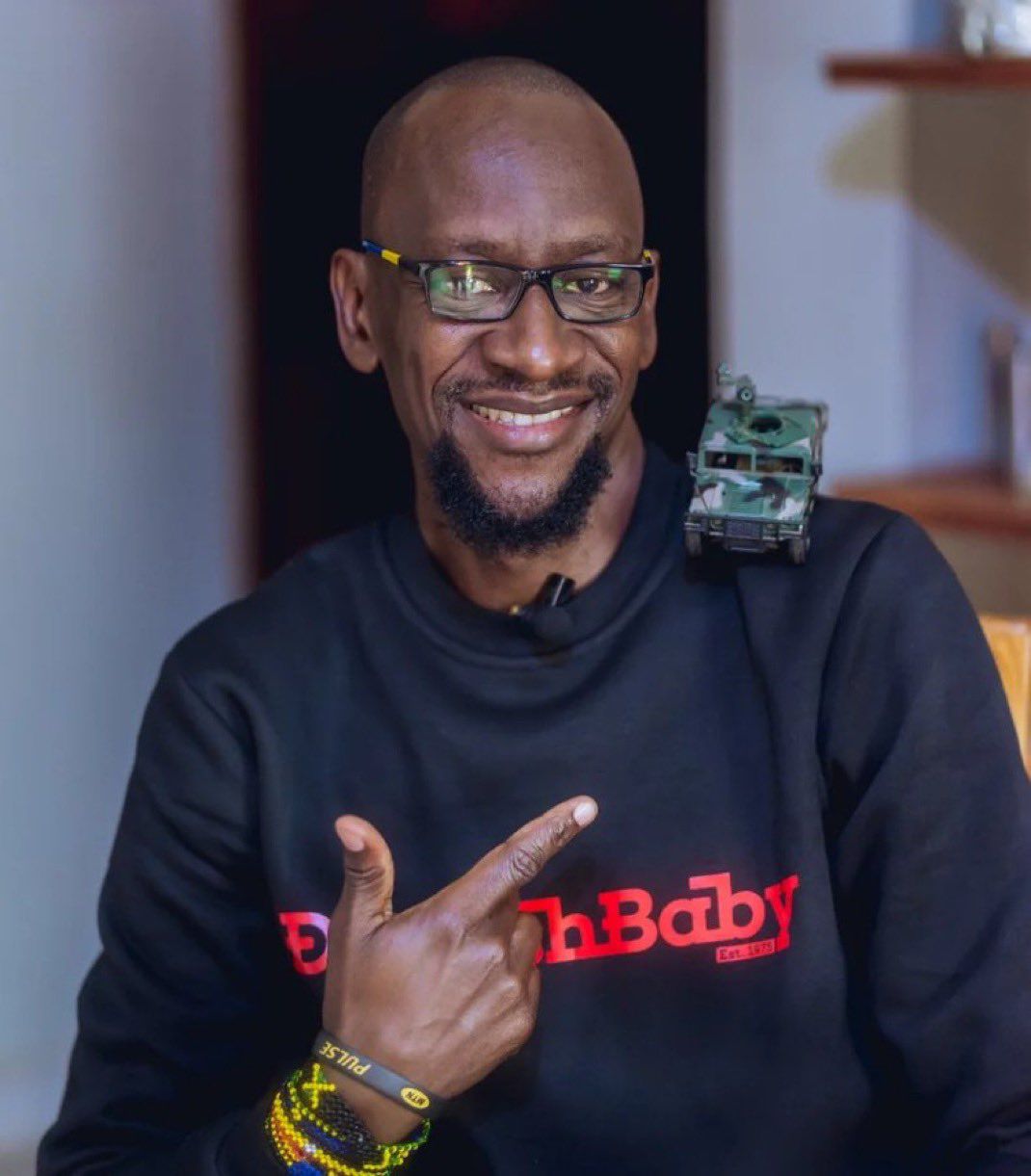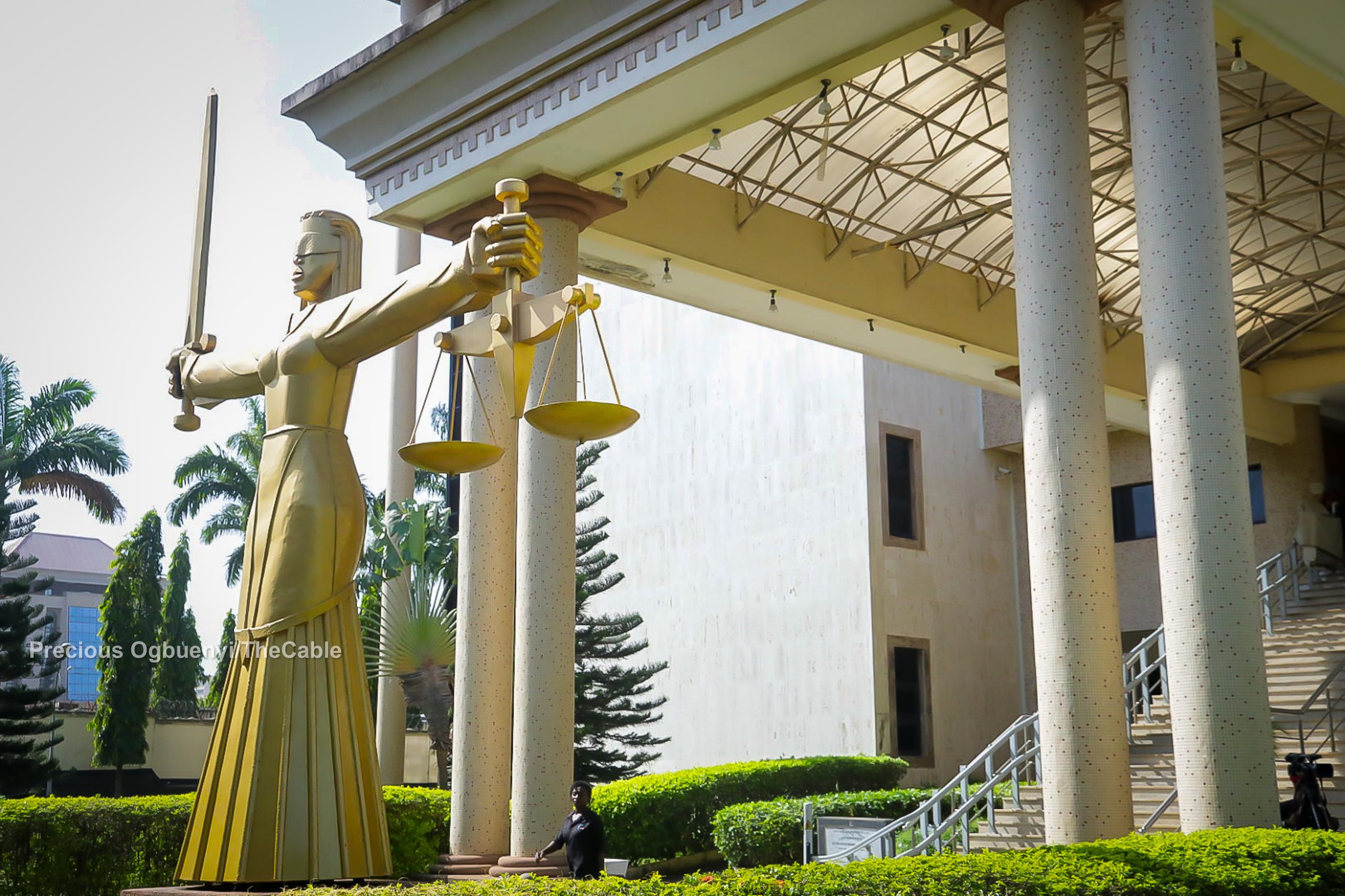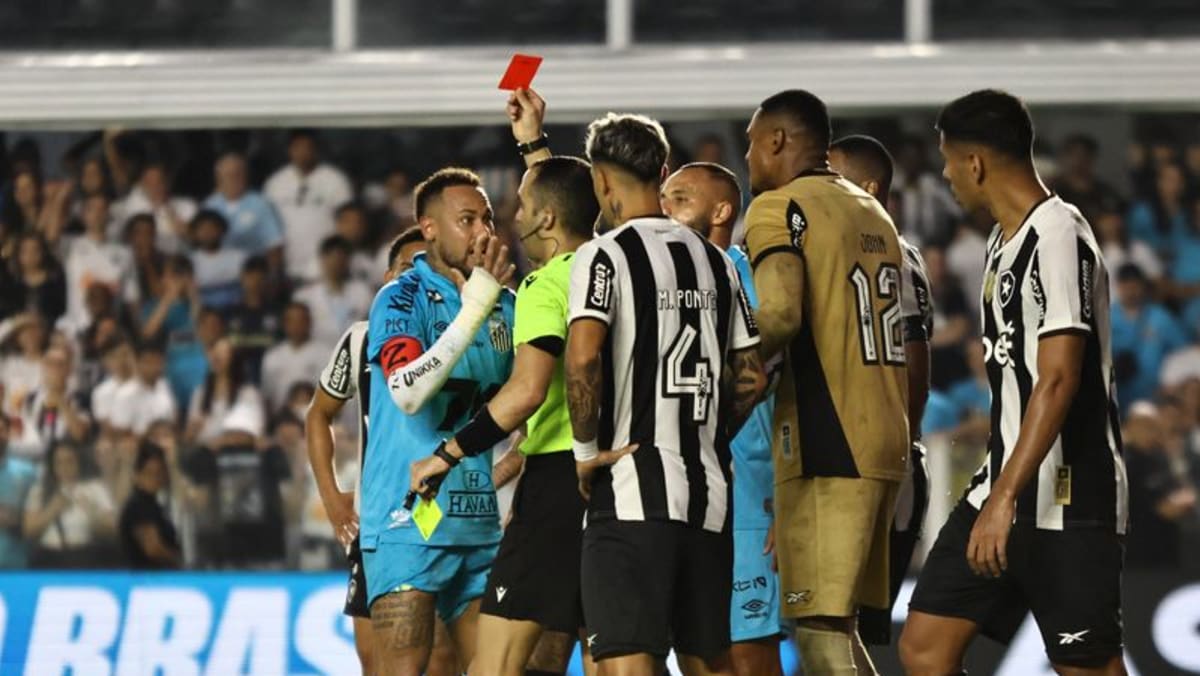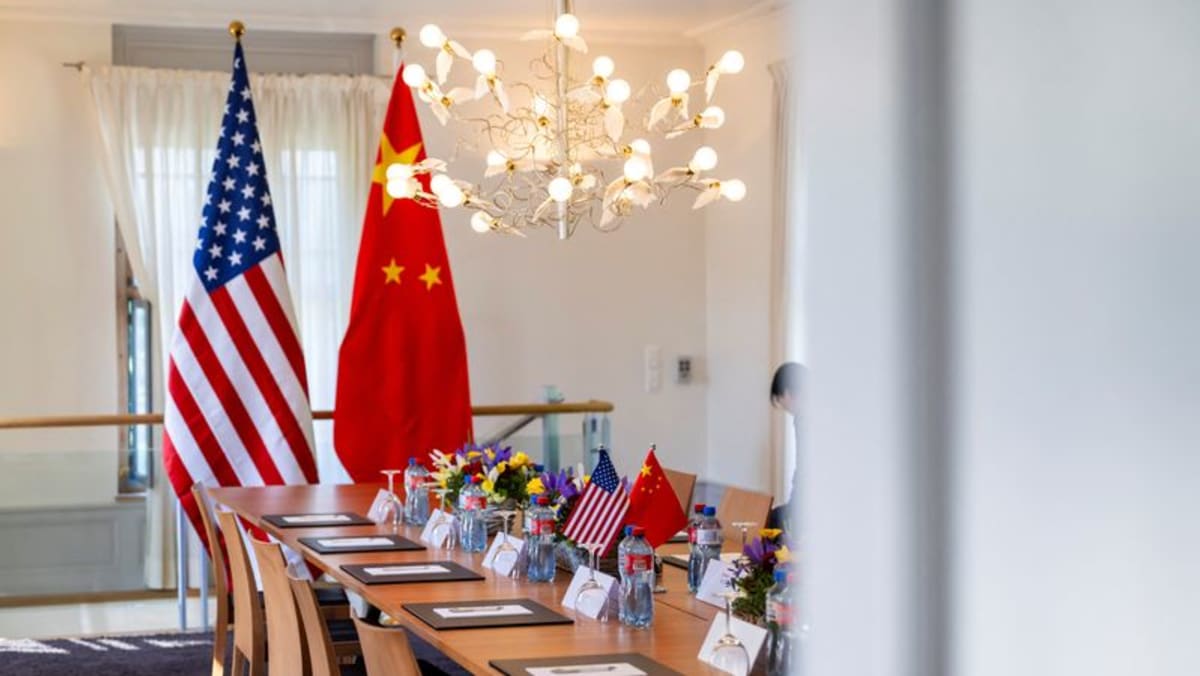Singapore to pilot nationwide trial referring non-life-threatening 995 calls to medical triage helpline - CNA
SINGAPORE: Non-life-threatening 995 calls will be referred to a medical triage helpline in a nationwide trial from Jun 1, the Ministry of Home Affairs (MHA) and Ministry of Health (MOH) said on Friday (May 30).
The helpline, known as NurseFirst, is operated by Woodlands Health. It will provide medical advice on a caller’s medical condition and guide callers to appropriate medical care options.
The pilot by Singapore Civil Defence Force (SCDF) and Woodlands Health will enable SCDF to prioritise emergency medical response to those facing life-threatening emergencies, the ministries said in a joint press release.
It would also help public hospital emergency departments to focus their resources on patients who require urgent medical care.
NurseFirst started as a medical triage helpline pilot on Feb 4, 2022, to manage non-life-threatening cases in the northern district.
As an expansion of the pilot, the NurseFirst helpline will widen its coverage to serve callers islandwide for six months.
SCDF and Woodlands Health will monitor the helpline's impact and effectiveness to "assess its potential for extension".
The demand for emergency medical services (EMS) has been "increasing rapidly" over the years, MOH and MHA said.
The SCDF responded to 245,279 EMS calls in 2024. This worked out to an average of 672 calls per day – a 57 per cent increase from 2014.
"With Singapore’s ageing population and rising healthcare needs, EMS calls are expected to continue increasing," said the ministries.
When a 995 call is assessed to be non-life-threatening, SCDF’s Operations Centre will transfer the caller to the NurseFirst helpline for further assistance.
Trained nurses, with medical oversight from emergency medicine physicians, will assess callers based on their symptoms and advise those with non-life-threatening conditions on the appropriate alternative care options nearest to them.
The caller may be directed to an alternative care provider, such as a general practitioner.
Other follow-up actions could include advising the person to call for a non-emergency ambulance, as well as other self-care steps.
"Before transferring the call, the SCDF call-taker will share key patient details with the nurse at NurseFirst. This ensures a seamless transition for the caller," said the ministries.
"At any time during the call with the nurse at NurseFirst, if the patient’s condition deteriorates, SCDF will be immediately notified to dispatch an ambulance."
The NurseFirst pilot will operate from 8am to 11pm daily. Outside of these hours, SCDF will deal with non-life-threatening 995 calls according to its current protocols.
The public can also call the NurseFirst helpline directly at 6262 6262 for non-life-threatening medical conditions to receive timely medical advice at no cost.
Non-life-threatening conditions include animal bites without allergic symptoms and without active bleeding, minor burns affecting less than 15 per cent of the body surface area, and resolved choking episodes without active symptoms, among others.
"SCDF has been exploring linking up with a triage helpline that can assess the individual’s condition and redirect non-life-threatening cases to alternative care options," said MHA and MOH.
"This will enable SCDF to reduce conveyances to emergency departments, and focus SCDF and hospitals’ resources on life-threatening cases, such as patients experiencing cardiac arrest or severe breathing difficulties."
Similar helplines are also in use in various countries, including the UK, Japan, Denmark and Finland, the ministries said.
SCDF has progressively rolled out various initiatives to actively manage the increase in EMS calls over the years, MOH and MHA said.
This ensures emergency ambulances are available to serve those in critical need.
In June 2009, SCDF started engaging private ambulance operators to augment its fleet of ambulances.
About four years later, it introduced the emergency medical technicians scheme so that fire and rescue specialists are cross-trained to respond to medical emergencies as well.
In April 2017, it introduced a tiered response framework, where the scale of resources dispatched and the response speed were calibrated to the seriousness of each call.
It also implemented medical call triaging by 995 call-takers using the Advanced Medical Protocol System. This system is used by SCDF to triage calls based on their severity, by asking specific questions about the patient’s conditions to determine the appropriate level of response.
SCDF also introduced a non-conveyance policy in April 2019. A patient who is assessed to be a non-emergency case by paramedics at the scene will not be taken to hospital.
In March 2023, the force started a non-dispatch policy, where ambulances are dispatched only when the call is assessed to be an actual emergency.
Last July, SCDF said a slightly longer response time of up to 20 minutes can be expected if a call is assessed to be of a lower acuity. This will allow SCDF to further prioritise emergency ambulances for higher acuity and life-threatening emergencies that require immediate medical attention.












